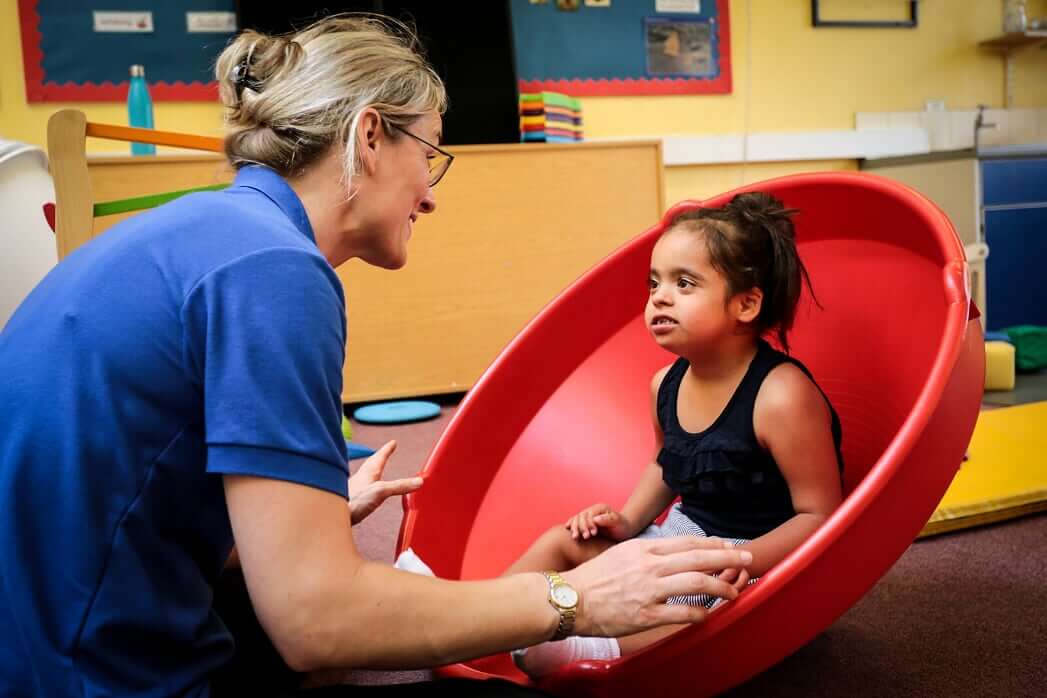Physiotherapy Ideas for Children with Down Syndrome
What can you do to help your child with Down Syndrome develop at home?
Top tips from Stephanie Wheen – Children’s Physio and CEO of Gympanzees discussing Hypotonia and Hypermobility and how to improve these in children with Down Syndrome.

Down Syndrome and Physiotherapy: Ideas you can do at home
This webinar covers:
00:00 – 0:47: Introducing Stephanie.
00:48 – 3:07: Introduction to Down Syndrome.
3:08 – 8:10: Hypotonia (low tone) – the tension of muscles when they are moved passively.
8:11 – 15:36: What does low tone effect? Including gross motor skills, fine motor skills, body awareness, sensory integration, communication, concentration and attention, behaviour, sight and hearing and oromotor function.
15:37 – 18:57: What affects tone? Things to think about to help your child with their tone Including tone dependent on activity, position, antigravity, environment (sight and sound), movement, mood, challenges of task, illness and touch.
18:58 – 23:10: Hypermobility -flexible joints. The second part of the physical side of Down Syndrome.
23:11 – 26:30: Specific difficulties resulting from Hypermobility. Including unstable neck, lumber hyperextension, instability of joints in hands, hyperextending knees, flat feet.
26:31 – 28:42: Hypermobility and hypotonia – 4 main difficulties. Poor core stability, poor shoulder stability, poor pelvic stability and lack of mid range motion of control.
28:43 – 36:26: What can you do to improve your child’s hypotonia and hypermobility. Improve tone whilst doing activities, improve underlying strength, atlantoaxial instability, finger and hand strengthening, flat feet.
36:27 – 47:38: Ideas depending on your child’s age for great positions to be in.
– 36:28 – 40:18: Babies
– 40:19 – 42:00: Sitting
– 42:01 – 45:15: Hands and knees, crawling, tummy time, developing into wheelbarrow walking
– 45:16 – 46:33: Standing
– 46:34 – 47:38: Walking
47:39 – 49:07: Sensory Integration
49:08 – 50:20: What can we do to improve sensory integration?
50:21 – 58:04: Learning difficulties in Down Syndrome.
58:05 – 1:01:39: Tips on how to play and work with your child.
1:01:40 – End: Conclusion and session takeaways.
Download a copy of the presentation here.

Stephanie Wheen
Stephanie is a physiotherapist with 18 years experience of working with children and young people with disabilities. She has also has a brother with a disability so knows the disability world as well as child health and how to help these children through exercise. She has been running her successful physio practice, Wheen Physio for Children, in Bristol since 2012 and founded Gympanzees in 2016.







